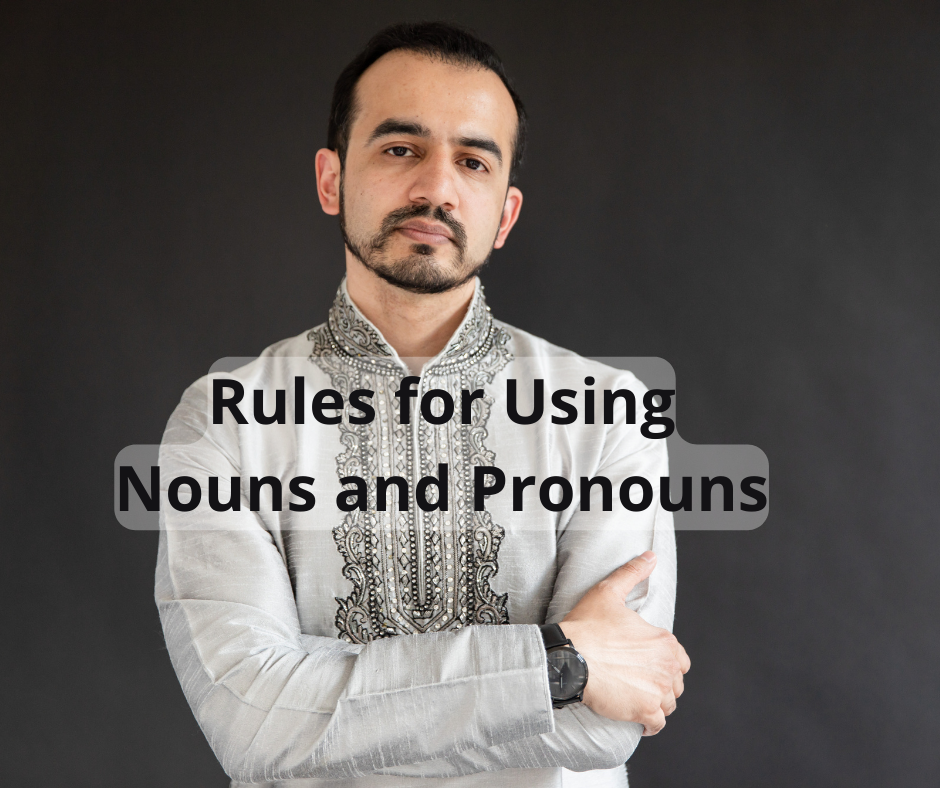Navigating the intricacies of Arabic noun and pronoun rules can seem daunting at first glance. However, with a bit of guidance and practice, mastering these fundamental components of the Arabic language becomes achievable for anyone. In this comprehensive guide, we’ll delve into the rules governing Arabic nouns and pronouns, providing you with a solid understanding to enhance your language skills.
Introduction
Arabic, known for its rich linguistic heritage, boasts a complex system of nouns and pronouns. These elements play pivotal roles in sentence construction, conveying meaning, and expressing relationships between entities. Let’s embark on a journey to uncover the rules governing Arabic nouns and pronouns.
Arabic Nouns: Forms and Functions
Nouns in Arabic come in various forms, including singular, dual, and plural. They serve as the building blocks of sentences, representing people, places, things, or ideas. Understanding noun forms and their functions is crucial for constructing grammatically correct sentences.
Gender Agreement in Arabic Nouns
Unlike English, Arabic nouns are gendered, with each noun being classified as masculine or feminine. Gender agreement plays a significant role in Arabic grammar, affecting not only the noun itself but also other elements within the sentence.
Arabic Pronouns: Types and Usage
Pronouns in Arabic replace nouns to avoid repetition and streamline communication. They come in different types, including personal, possessive, demonstrative, and relative pronouns, each serving distinct purposes in sentence structure.
Possessive Pronouns in Arabic
Possessive pronouns indicate ownership or possession of an object or attribute. In Arabic, possessive pronouns vary based on the possessor’s gender and number, reflecting the intricate nature of the language’s grammar.
Demonstrative Pronouns in Arabic
Demonstrative pronouns point to specific entities in space or time, indicating proximity or distance. Mastering demonstrative pronouns allows speakers to convey precise meanings and emphasize particular elements in their speech.
Relative Pronouns in Arabic
Relative pronouns connect phrases or clauses, introducing additional information about a noun or pronoun mentioned earlier. Understanding how to use relative pronouns enhances the clarity and coherence of Arabic sentences.
Rules for Using Nouns and Pronouns
To wield Arabic nouns and pronouns effectively, one must adhere to certain rules governing their usage. These rules encompass gender agreement, case endings, verb agreement, and other grammatical considerations.
Common Mistakes to Avoid
Learning any language comes with its share of challenges and pitfalls. In Arabic, common mistakes often stem from misunderstanding noun-pronoun agreement, misusing pronoun forms, or neglecting to apply grammatical rules consistently.
Conclusion
Arabic nouns and pronouns form the backbone of the language, enabling speakers to communicate with precision and eloquence. By grasping the rules outlined in this guide and practicing regularly, learners can navigate the complexities of Arabic grammar with confidence.
FAQs
How do I determine the gender of Arabic nouns?
To determine the gender of Arabic nouns, pay attention to their endings and memorize common gender patterns.
Are there any irregularities in Arabic pronoun usage?
Yes, Arabic pronouns exhibit some irregularities, particularly in possessive and demonstrative forms. Practice and exposure to authentic Arabic materials can help familiarize you with these irregularities.
Can Arabic pronouns change based on the speaker’s dialect?
Yes, while the core pronoun forms remain consistent across Arabic dialects, slight variations in pronunciation and usage may occur.
What resources can help me improve my understanding of Arabic nouns and pronouns?
Online courses, textbooks, language exchange programs, and immersion experiences are valuable resources for learning Arabic grammar, including nouns and pronouns.
How can I practice using Arabic nouns and pronouns effectively?
Engage in conversations with native speakers, read Arabic texts, and complete grammar exercises to reinforce your understanding and usage of Arabic nouns and pronouns.
Embark on your journey to master Arabic nouns and pronouns, and unlock the door to effective communication in one of the world’s most fascinating languages.






